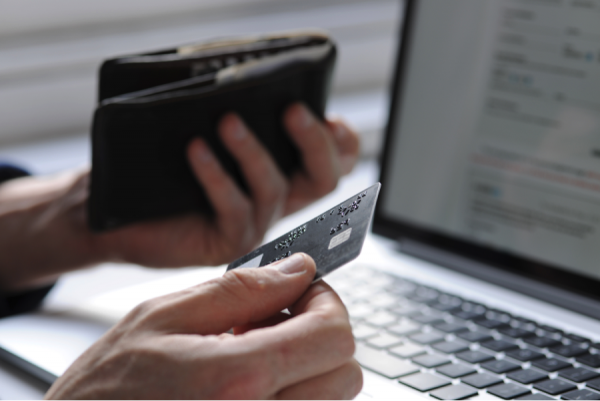Personal Loans vs. Credit Cards: Which is Better for Borrowing?

When you need to borrow money, two quick options include personal loans and credit cards. Although using a card helps with the instant gratification of making a purchase, the dangers of minimum payments and high interest rates are real.
Personal loans may provide lower interest, but fixed payments that are due monthly might take a big chunk out of your budget. Understanding the strengths and weaknesses of each form of loan can help you make better decisions when you can’t pay for something with cash.
The Anatomy of a Personal Loan
A personal loan is just that — money you can do with as you choose. Depending on the amount and your credit score, the lender may want to know about you, your purchase and your means to repay. This type of loan is usually unsecured, meaning you don’t have to guarantee the loan with personal property, but that’s not always the case. Secured loans may offer lower interest rates.
Features of personal loans can include:
-
Payment terms are for a fixed amount and a predetermined length of time.
-
The borrower receives the full amount of the loan at the start of the loan period.
-
Interest rates are usually fixed and generally lower than those on credit cards.
-
Repayment period is usually between two and five years.
How Credit Cards Work
Credit cards offer the potential to borrow up to a certain amount, called your credit limit. You can pay off your purchases each month without incurring interest, but only if you pay the balance in full. You’re not required to do this, however. As long as you pay a minimum amount each month — usually around 1 to 3 percent of your balance — your account remains in good standing.
The remaining balance after you make a minimum payment is subject to interest charges, however, and credit cards typically carry high interest rates. Interest is calculated on the average daily balance you carry through the month, rather than the amount remaining at the end of the month.
The Case for Personal Loans
Personal loans are best suited for medium-to long-term borrowing. Fixed payments simplify budgeting and your interest rate may be negotiable if you shop around. Even without bargaining, reputable lenders often offer rates that are much lower than standard credit card interest.
Personal loans fall short when you consider the other benefits credit cards offer. Travel miles, discount points, purchase insurance and concierge services are available through some credit card programs, but not through personal loans.
When to Use Credit Cards Effectively
You can take advantage of free day-to-day financing if you’re paying off the full amount of your credit card each month. When you use cards this way, and take advantage of a card with benefits, they are convenient and effective. But carrying a balance past the current month creates a trap.
“Credit cards allow a minimum payment that can stretch the repayment period almost indefinitely,” says personal finance consultant Terry Baker of Investors Group. “This means a significant amount of interest is paid for borrowing the same amount of money.”
The Effects on Credit Utilization
Using credit cards and carrying balances has a negative effect on your credit score, even if you’re not in default on payments. For example, if you have a $10,000 credit limit on your card and you’ve used it to make purchases of $7,500, you have a credit utilization rating of 75 percent.
Those with the best credit scores utilize no more than about 10 percent of their available credit. Personal loans such as installment loans don’t affect your credit score as utilized credit.
Quicken has made the material on this blog available for informational purposes only. Use of this website constitutes agreement to our Terms of Use and Privacy Policy. Quicken does not offer advisory or brokerage services, does not recommend the purchase or sale of any particular securities or other investments, and does not offer tax advice. For any such advice, please consult a professional.


